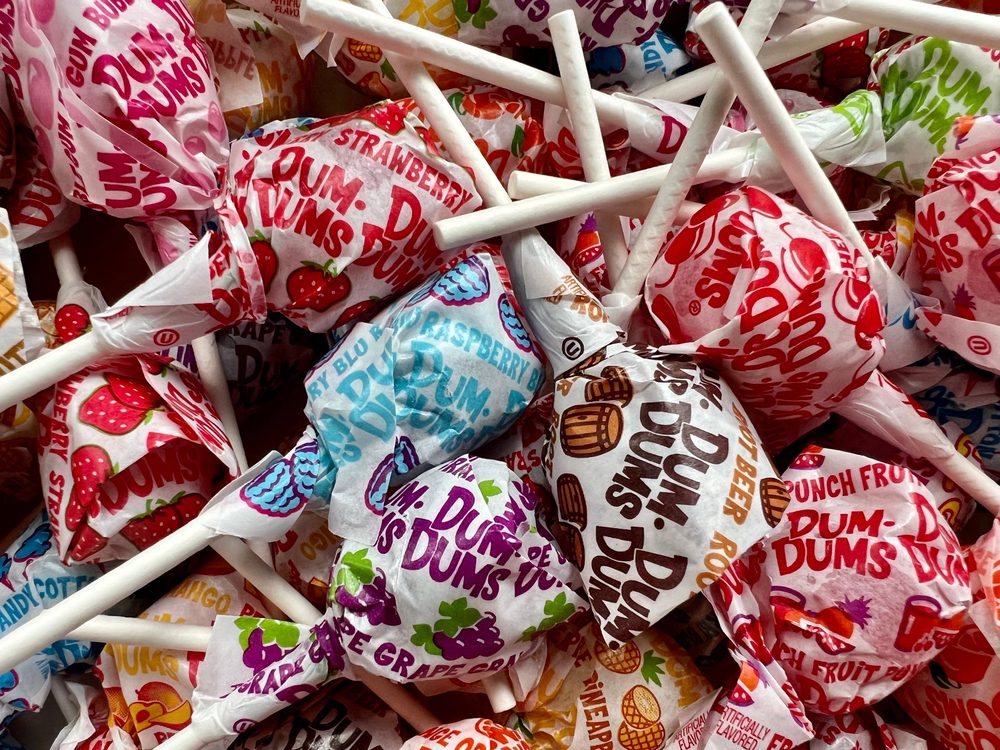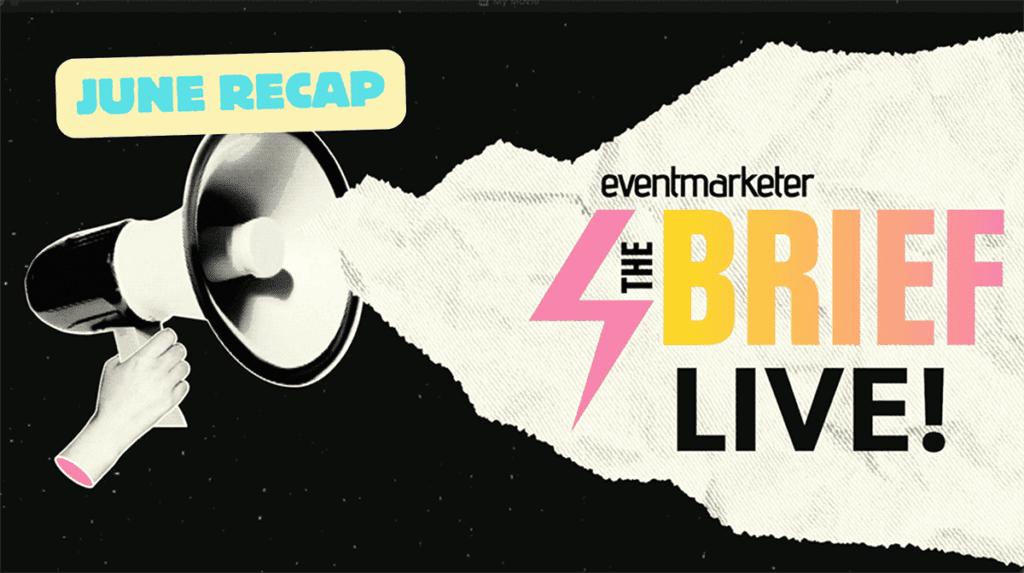When my group arrived in Pamplona, Spain, last month to partake in the San Fermin festival, better known as “encierro,” or the running of the bulls, one in the group was a bit worried about leaving the hotel.
The crowds, largely young revelers, were loud, vast, tightly packed in, clogging the narrow, winding streets of the old city where the bull running takes place daily over the course of the one-week celebration.
The revelers swarmed the local bars and spilled out in large crowds onto the streets. They dumped Sangria on each other, slept in the parks, bus stops, on benches and under any nearby tree. They all seemed happy, and many of the locals moved in large groups singing traditional songs.
It was Spring Break gone wild in Spain, stoked by the anticipation of one-ton wild bulls charging, stomping and goring their way through the streets.
The young people, many Americans, were all there. But where were all the marketers?
The festival is steeped in religion, and many of the events, like the Parade of Giants and Big-heads, which took place each morning, drew thousands of children, parents and grandparents. This was a much calmer crowd. But — no marketers there, either.
The craziness began at noon on July 6 when the festival kicked off with a huge celebration, and then gathered steam throughout the night in preparation for the first bull run the next morning and the bullfights that would follow. The company that sold us bullfight tickets warned that there would be no sleeping in Pamplona during the festival; they were right.
We did see some promos once we arrived on the balcony we had rented to watch the bull running from a safe distance — safe from both the crowds and the bulls. Companies, mostly Spanish like Navarra, a multi-use stadium in Pamplona, strung promotional banners across the balconies high above the fray, but within striking distance of a TV camera crew should they be so inclined to film the balcony watchers.
As the festival wears on, the crowds thin and the revelers lose steam, making the atmosphere much less intimidating.
Sure, there is plenty of controversy associated with the event. Animal advocates speak out against the running because runners slap the animals, pull their tails and in general try to antagonize them (even though this is not allowed). But it’s the bullfights that draw the true outrage.
People for the Ethical Treatment of Animals calls them a cruel slaughtering and protests each year in various ways. In 2003, it tried to make its case by having some of its members run naked with the bulls, but the police put the kibosh on that. This year, 50 people — one for each of the bulls killed during the festival — lay down in the street near the end of the run in mock death, covered in “blood” with “wooden daggers” piercing their backs.
“PETA continues to stick up for the bulls,” says Kristie Phelps, an assistant director for PETA.
During our travels, it was clear that Coca-Cola was one U.S.-based brand with a strong foothold in Spain. The beverages were served in restaurants and cafés in small, old-fashioned looking glass bottles alongside a glass of ice (no super-sizing here). Branding was prevalent — even a Coke vending machine could be found outside a Parador (a luxury hotel located in a historic building) in the far reaches of the Pyrenees Mountains.
So where were the brand reps from Coke passing out samples to the waves of crowds? Turns out Coke doesn’t participate in events deemed by some to be cruel to animals.
“We do not advertise or engage in any promotional activities or sponsorships at bullfights or bullfight-related events as a company policy,” spokesperson Judith Snyder says.
Other U.S. marketers likely feel the same.
Coke does, however, conduct promotional activities at most of Spain’s other summer events, including Fallas, Feria de Abril, San Isidro and Semana Grande.
“As a result, we are deeply rooted in the communities in many cities and villages in Spain,” she says.
There is evidence that the San Fermin festival dates back to the 13th century, but it wasn’t until years later that the bullfights became part of the event.
Should U.S. marketers make a statement — however subtle — by staying clear of San Fermin? The bulls most certainly would say yes.
Send your comments to [email protected].
TALK TO US!
We’d like to hear what you have to say about us or about news, trends and issues in promotion marketing.
To contact the editor:
Mail: Promo, 249 W. 17th St., 3rd Floor, New York, NY 10011-5300
Fax: 913-514-7179
E-mail: [email protected]
Phone: 212-204-4228
 Network
Network

